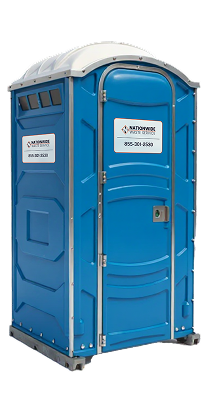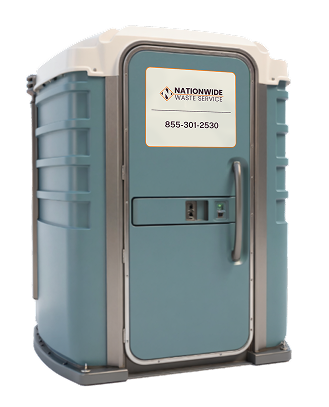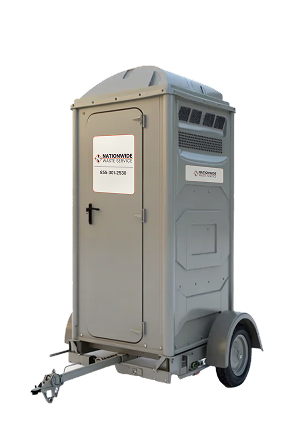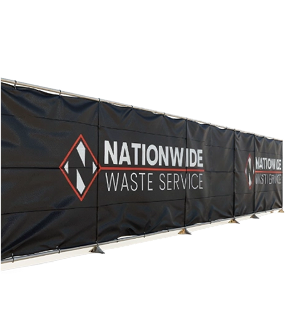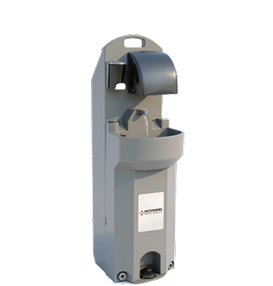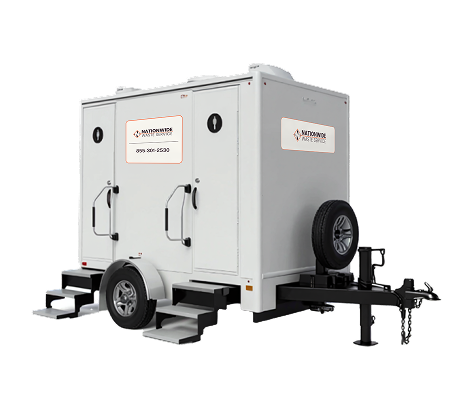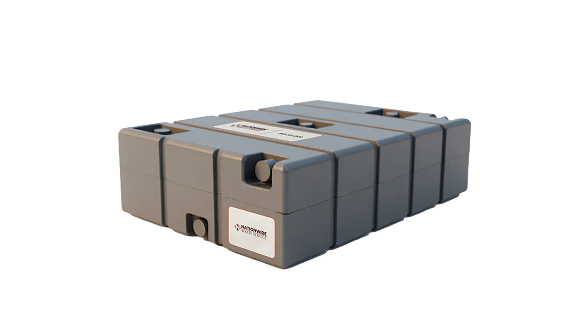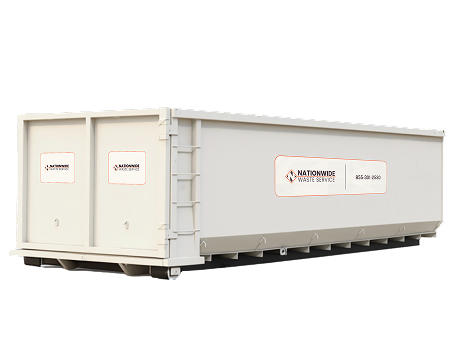![]() Call Us 855-301-2530
Call Us 855-301-2530
The Best and Worst U.S. Cities for Public Toilets
GET A QUOTE NOW
From Relief to Frustration: The Best and Worst U.S. Cities for Public Toilets
In many parts of the world, public restrooms are a basic, easily accessible necessity. Yet, in the United States, they remain an elusive and often frustrating resource. Unlike in many European countries, America faces a widespread shortage of these vital facilities. For millions of Americans—especially vulnerable groups like families with young children, the homeless, and individuals with disabilities—finding a clean and accessible restroom in public spaces is an ongoing struggle. Despite their critical role in urban life, public restrooms in the U.S. are frequently neglected, underfunded, and poorly maintained, leaving cities to grapple with substandard conditions and a severe lack of options.
CEO of Nationwide Waste Service, understands the critical importance of accessible restrooms: “Lack of access to public restrooms isn’t just an inconvenience—it is a significant public health and social equity issue. This shortage disproportionately affects vulnerable groups, including the elderly, pregnant women, children, the homeless, and individuals with chronic bowel conditions. It undermines their dignity and basic rights. In many cases, the absence of available facilities discourages travel and forces people to turn to the streets, creating health risks and compromising sanitation. Chronic underfunding of public infrastructure only worsens the problem. Local, state, and federal governments must work together to expand restroom access, ensuring all citizens can meet this basic need in a safe, sanitary environment.”
Even for paying customers, a bathroom break is not always guaranteed
Regulations around restroom access vary widely by location. In New York, only food establishments with 20 or more seats are required to provide restroom facilities for their customers. In Chicago, restaurants must offer restrooms only if they serve alcohol. Meanwhile, in California, larger restaurants built after 1984 must provide restrooms to both customers and guests. The patchwork approach to public restroom regulations leaves many individuals struggling to find facilities when they need them, turning what should be a basic convenience into an everyday challenge.
The following overview provides a breakdown of the number of restrooms available to all individuals in each of the 50 cities, rather than those restricted to paying customers.
Download documents:
Kansas City Offers the Best Public Restroom Access in the U.S.
San Francisco Comes in Second Place, Richmond Ranks Third
Similarly, Richmond, Virginia, offers approximately 27.4 public restrooms per 100,000 residents, reflecting the city’s dedication to providing accessible sanitation for its residents.
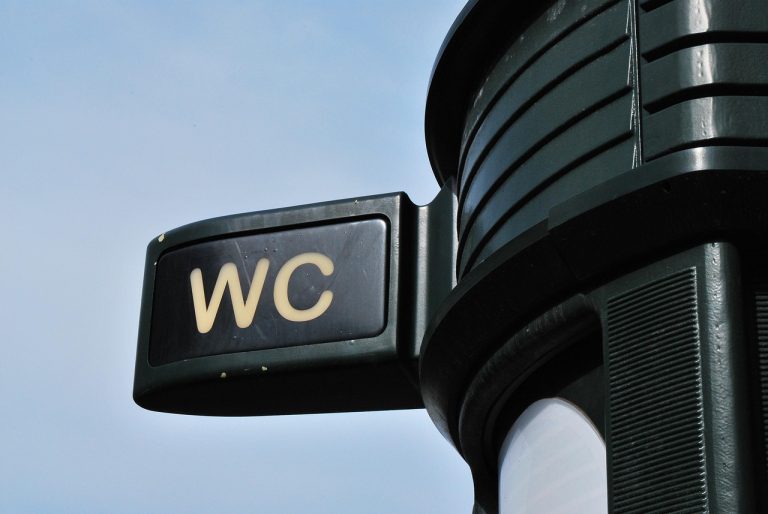
In NYC, Finding a Public Restroom Is a Challenge—Even With a Map
Philly Phlush: Philadelphia tackles the problem, one toilet at a time
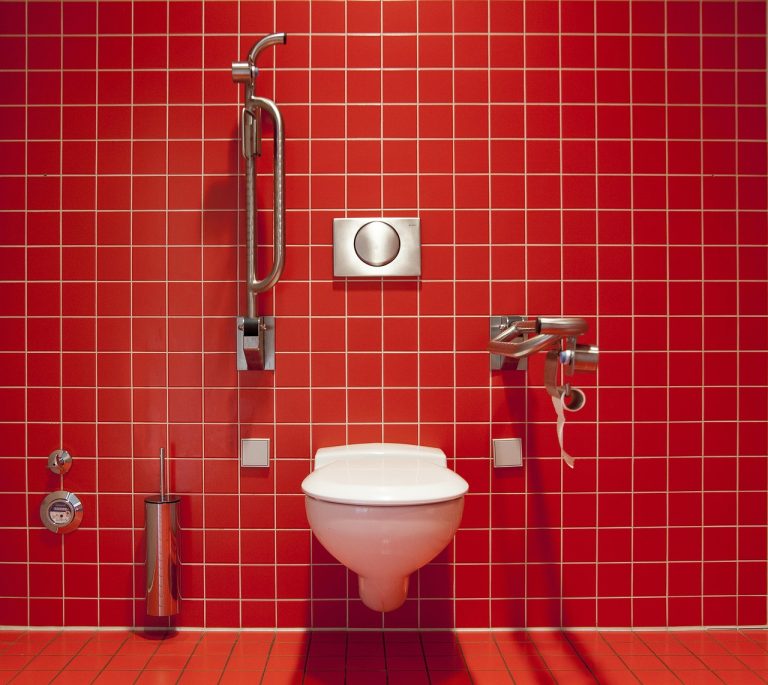
Where Public Restrooms Are Scarce: These Cities Are Failing Their Residents
Restroom Revamp: America's Push for Better Public Restrooms
Currently, over 20 states have passed the Restroom Access Act, which aims to improve restroom access for individuals with chronic bowel diseases and other conditions that require immediate restroom access in cafés and restaurants. These combined efforts are driving gradual policy changes and community-led projects, steadily improving public sanitation facilities across the country.
Sources
- Visit KC Visitor Statistics
- San Francisco Public Works Public Toilets
- The New York Times San Francisco Celebrates Its New Public Toilet
- City of New York Tourism Statistics 2024
- Got2go NYC Bathroom Map
- City of Philadelphia Introducing the “Philly Phlush,” the City’s public restroom pilot
- WUSA9 DC installing new mobile bathrooms as part of pilot program
Methodology
Public restrooms are defined as facilities accessible to everyone—located in spaces such as parks, shopping centers, transportation hubs, and government buildings—excluding those in cafés or restaurants.
Restroom availability is categorized into five levels, ranging from “Critically Low” (≤5 per 100,000 residents) to “High” (≥25.1 per 100,000 residents).
Data for this analysis was collected from publicly available government records, OpenStreetMap, and the Trust for Public Land, weighted at 50%, 30%, and 20% respectively. In cases where government data is unavailable, the remaining sources are weighted equally to ensure a balanced and reliable estimate.

Immediate
Support

Fast &
Convenient

Great
Prices

Experienced Team
Why Choose Us?

Same-Day
Delivery Available

Quick and Easy Booking
— Quote in Minutes

Clean, Sanitized &
Ready-to-Use Units

Serving All U.S. States
(Except HI & AK)

Ideal for Events,
Construction, and Emergencies
Find Rentals Closest To You
Need portable toilets, restroom trailers, dumpsters, or other rentals Temporary Fencing, Storage Containers? Nationwide Waste Service delivers quality products nationwide at affordable prices, serving both rural towns and major cities. Count on us for reliable, timely service wherever you are!

